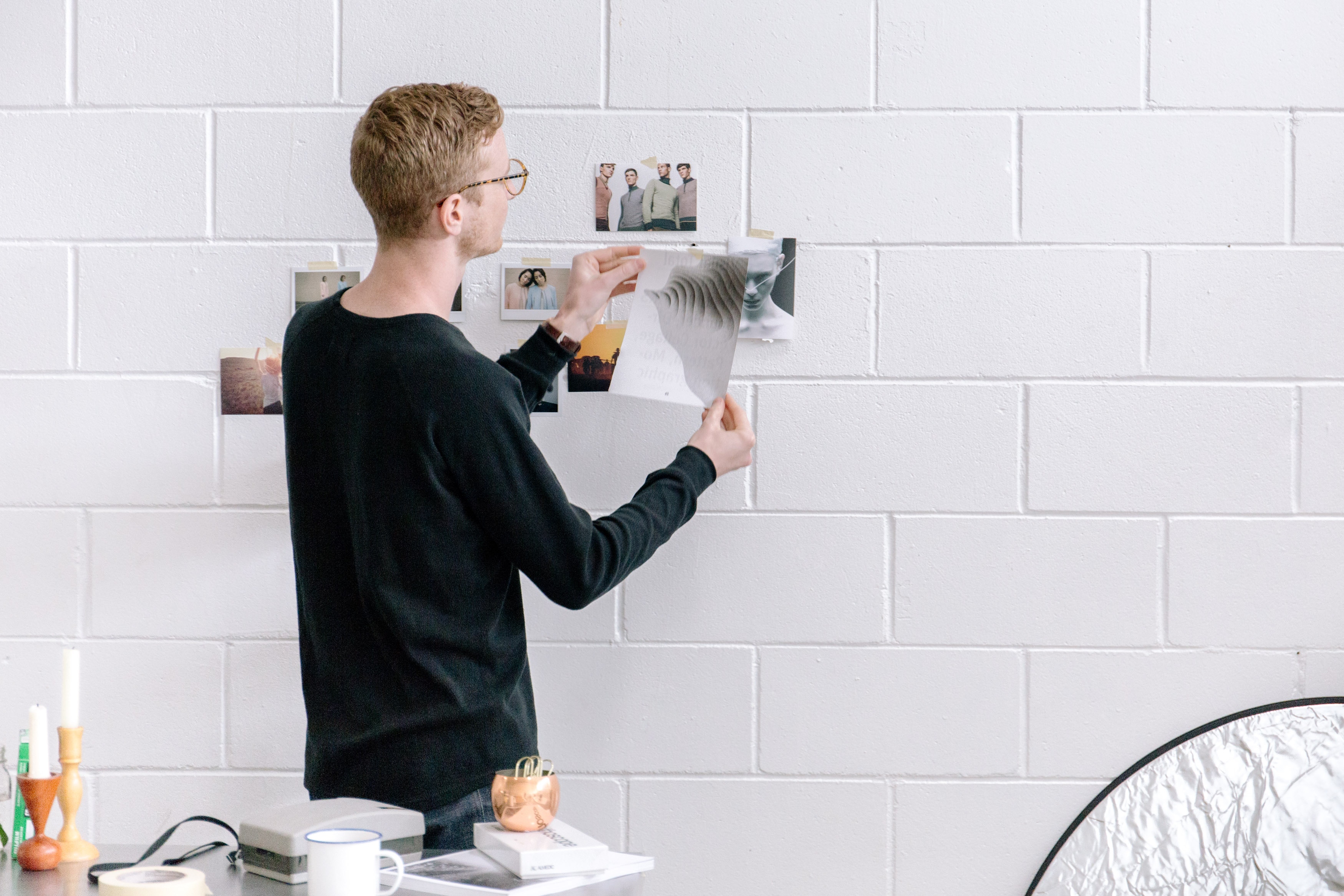Creative stairs, strategic vending machines? Smart companies are using good design to set the stage for a vibrant workforce.
What if smart design could drive people to become healthier? Research continues to show how individual design factors impact behavior, and that has inspired designers, architects, and employers to use design to influence people’s choices.
Here’s a look at three innovative ways good design can affect the well-being of your employees.
Bringing Stairs to Life
It’s no secret that taking the stairs is a healthier choice than elevators or escalators – raising your heart rate and firing up brain activity. So how do you get people to take them?
Volkswagen Sweden and ad agency DDB Stockholm provide the quintessential answer: Make it fun. As part of their “Fun Theory” marketing campaign, a creative team transformed plain subway steps into piano keys – black, white, and music-making. Success! In their viral video, the team reports that 66 percent more people chose the stairs over an adjacent escalator than previously – walking, dancing, and laughing their way up to the street.
While random piano tunes don’t fit with most offices, architecture and design firms are making staircases more appealing with several common elements: wider steps, open spaces, and natural light.
In many cases, the stairs becomes a focal point for the whole office, enticing activity with rich materials such as iron and metal and bright colors, like bubble gum pink and banana yellow.
At New York-based Delos, a wellness real estate firm that guides other organizations with health-driven design, visual screens at the bottom of the stairs display artistic images that, using movement sensors, change as people move up the stairs. A person’s silhouette is projected on screen as they move up the stairs and after a day of heavy traffic, the image of light rain can transform into a gushing downpour.
And at the Australia offices of Frasers Property Australia – Rhodes Tenancy, the stairs take up an entire room to double as workspace, complete with a wall of windows and trees. Colorful soft benches are in the center, where co-workers may stop for a break or office staff meetings occur.
Spheres of Influence
Amazon built The Spheres – three giant adjoined glass greenhouses filled with 40,000 plants – at its Seattle headquarters to provide employees a place to relax and regroup, eat lunch, have meetings and show their families around. The company could not provide hard data on behavior change since their early 2018 opening, but an Amazon spokeswoman says The Spheres are being used in exactly the way it was intended.
The root of the design philosophy is called “biophilia,” which literally translates to the love of life and living things. As such, biophilic design is rooted in the theory that humans innately seek to connect with nature. If a walk in the woods can calm or re-energize – perhaps inspire – you, then you can benefit from bringing the woods indoors.
Not every company has the deep pockets of Amazon to create enormous indoor plant rooms where you can meditate, walk and ruminate on big ideas. But companies can rethink where they put their offices, ensuring that there are plenty of places to walk in nature among trees and plants. They can also bring a bit of green inside.
Cundall, an engineering consultancy based in the United Kingdom, now grows plants throughout their offices, including living walls of greenery. Since adding plants, boosting air quality, and making other health-driven design features, Cundall reports that employee sick days have fallen by 4 days per year per employee, and staff turnover is down 27 percent.
Plants have been shown to reduce stress, anxiety, depression, anger and other negative feelings that affect productivity by between 30 and 60 percent, according to a 2010 study by the University of Technology in Sydney. (And they improve air quality to boot.)
Researchers at Exeter University also found that memory function improved among call center employees once they added just one plant to an otherwise bare workspace.
Driving Productivity with Glass
An abundance of research shows artificial light disrupts sleep quality — and is associated with higher rates of disease and mood disorders too. Natural daylight, meanwhile, supports healthy sleep, mood and therefore, productivity
In St. Paul, Minnesota, developers transformed an old boxy Woolworth’s store into a modern, nurturing office. Where solid brick walls once spanned several floors, there is now an abundance of glass.
The new project, dubbed The 428 for its address on Minnesota Street, offers a co-working space where all tenants have daylight exposure and auto-adjusted indoor lighting. For those who want even more light, there’s a lounge-style rooftop patio with seating in both sun and shade. And of course, there are trees and other plants all about the space.
But wait… it takes more
No doubt the collective of many healthy design elements has the greatest impact to actually change behavior. In addition to plant life, open stairs and plenty of daylight, wellness-minded design features include a variety of work environments, such as standing workstations, collaborative areas that are loud and private areas that are quiet, in addition to varied temperature zones (since people seldom agree on what feels “just right.”)
“When you provide people with a variety of places they can do different tasks, they tend to be more active and work in different areas throughout that day,” says Jessica Cooper, chief commercial officer for the International WELL Building Institute, which provides planning, assistance and certification to employers and real estate developers that desire building design with health in mind.
In addition to interior design elements, what surrounds a building also helps support or discourage healthy behaviors, including convenient mass transit and walkability in urban areas or trail access in suburban locations. Ideally, nearby restaurants offer nutritious menu options, but if pickings are slim, health-minded employers are wise to offer nutritious lunch and snack options on-site and do away with junk food in vending machines.
At The 428, plans call for a fitness studio on the ground floor and a café on the first floor, indoor bike storage and a bike repair station. The building is in walking distance from parks and trails. All of these features have helped earn the building WELL certification.
These kinds of small nudges can help sway employees, such as making gyms and healthy food convenient and social, building in a culture of walking meetings. Healthy building design is a natural evolution, the place where moderately successful employee wellness programs meets with wildly successful sustainable building practices. When you stop to think about it, a healthy workspace is smack-your-forehead logical. (What took us so long?)
One key reason many wellness programs have fizzled is that managers don’t walk the talk – the company culture does not align with the wellness programs adopted by human resources. To that end, health-minded design is more apt to influence behavior when workers see the boss using the stairs, eating an apple instead of a candy bar, or peddling at a bicycle desk from time to time.
“You have to have a culture that supports people working in different zones depending on what they need at the time – based on personality, whether they thrive or not in collaborative environments, their job function and tasks at hand,” Cooper says.
IWBI has witnessed secondary benefits of health-minded design and features at work: “We’ve had people tell us that based on what they’ve learned in their workspace, they have started to change what they feed their kids at home, and they are taking the stairs in places outside of work.”
Innovative design such as building inviting staircases is just the start. The next step is building a culture that actually takes those stairs.


